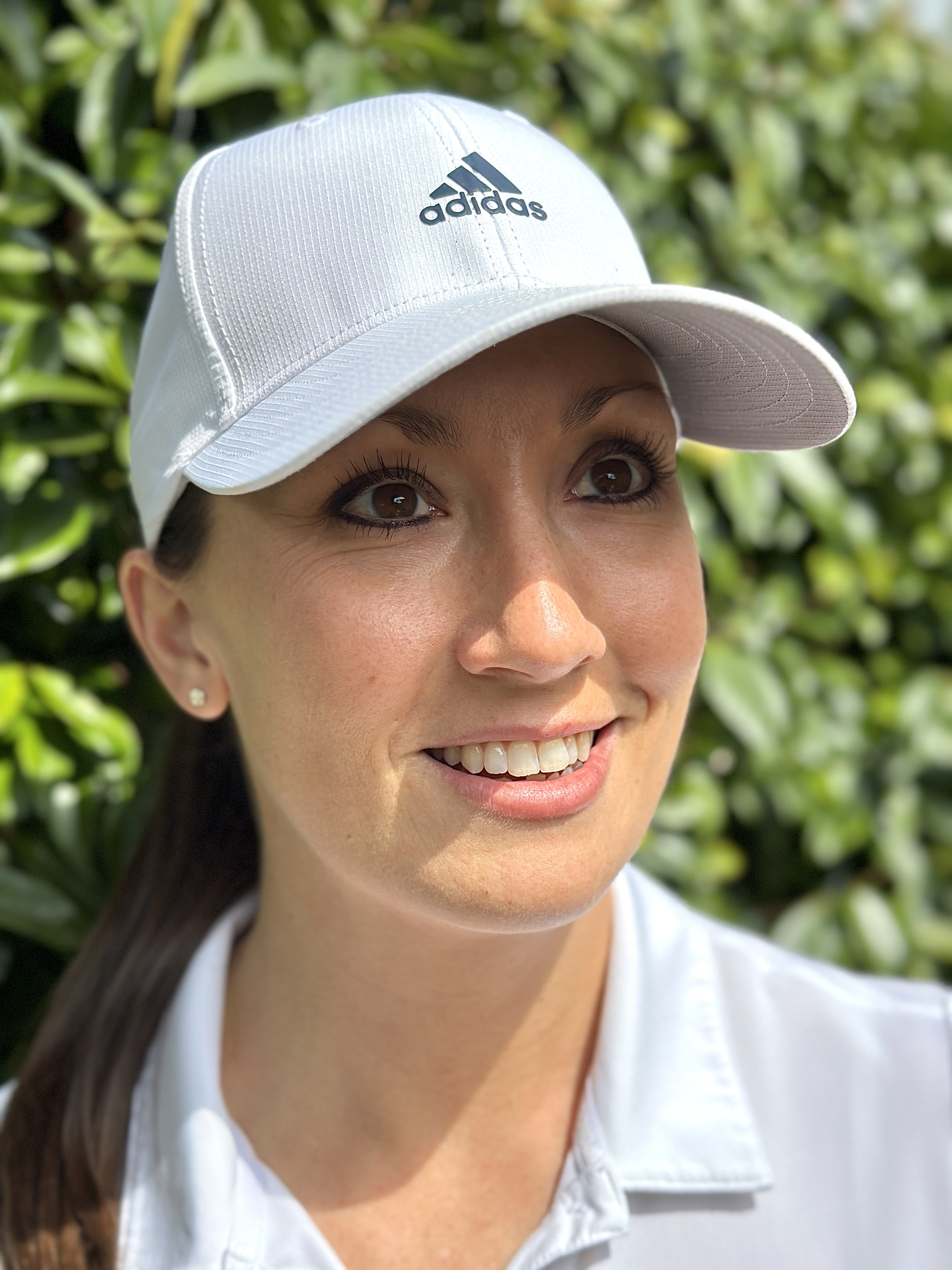'I Fixed These 5 Round-Ruining Mistakes And Now I'm The Lowest Handicap I've Ever Been'
Single figure golfer Jess Ratcliffe shares her tips to help golfers deliver better scores

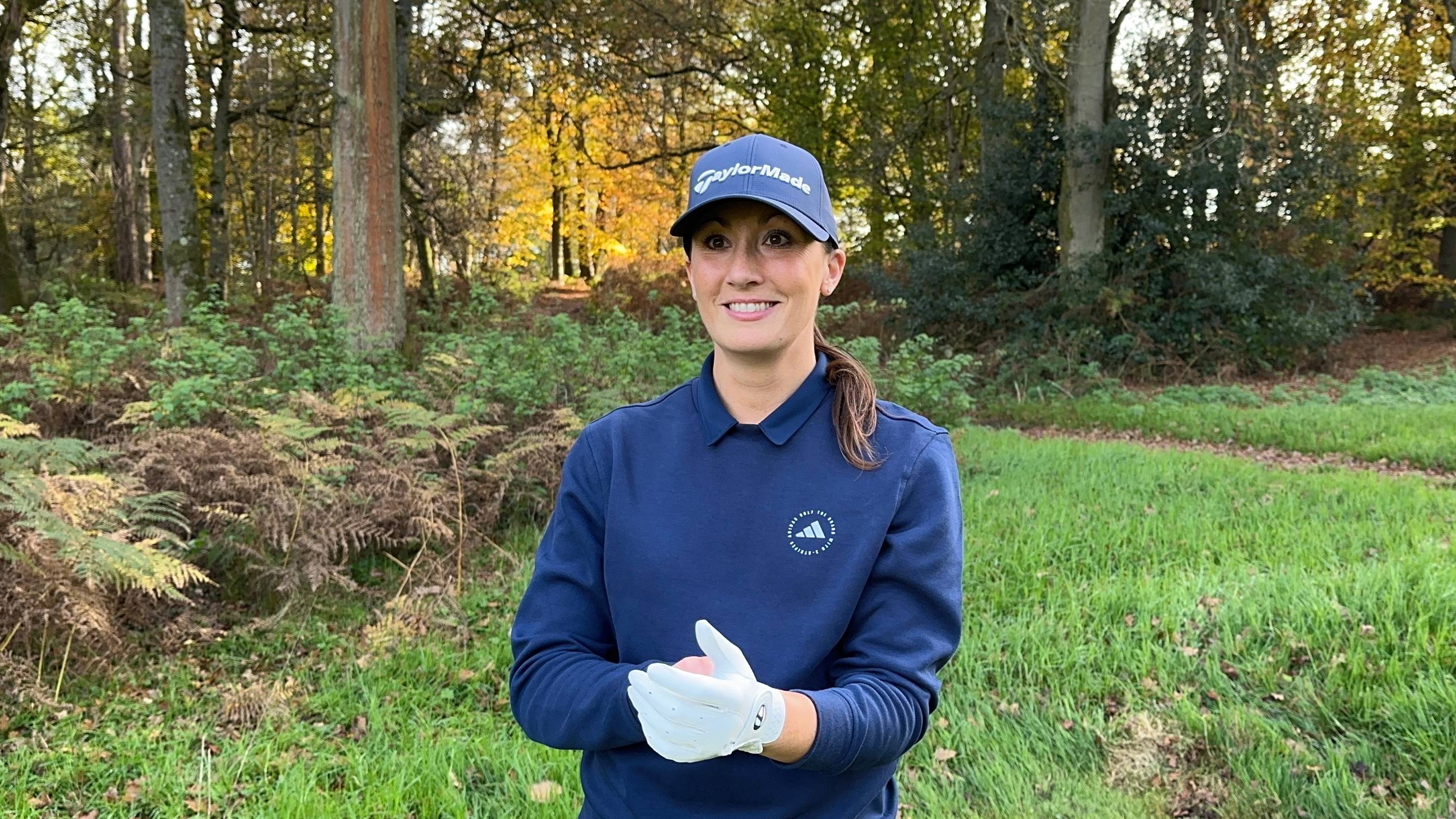
As we come to the end of the golf season, I’ve been reflecting on what’s made the difference between the rounds that have cut my handicap and the rounds that I would rather forget.
A few months ago, I was struggling to play to my handicap, shooting on average two shots over it. But in recent weeks, I’ve been able to bring out my best golf and cut my handicap to the lowest I’ve ever been, 7.3.
Looking back on my last run of competition rounds – the good, the bad and the ugly – there’s been a lot of progress in my game but I’ve also been making mistakes that have cost me shots. And I think they’re costing you shots too.
Over-Compensating For My Miss
The biggest mistake I’ve been making is picking a target that over-compensates for the miss I’m expecting I’ll make.
For example, there are a few tee shots at my home course of West Surrey, where I’ll leak my shot to the right and find myself in a spot that I would rather not be in. That might be in the thick rough on a par 3 or blocked out by the trees on a par 4 dogleg.
So in my last run of competition rounds – where I’ve been focusing on playing with the swing I have and saving that technique-tweaking for the winter – I thought I had a genius idea…if I’ve been consistently missing right, I’ll just aim way left.
You might be able to guess what happened. I aimed way left and hit my shot straight to that target, finding myself in as much trouble as if I had leaked my shot to the right.
Subscribe to the Golf Monthly newsletter to stay up to date with all the latest tour news, equipment news, reviews, head-to-heads and buyer’s guides from our team of experienced experts.
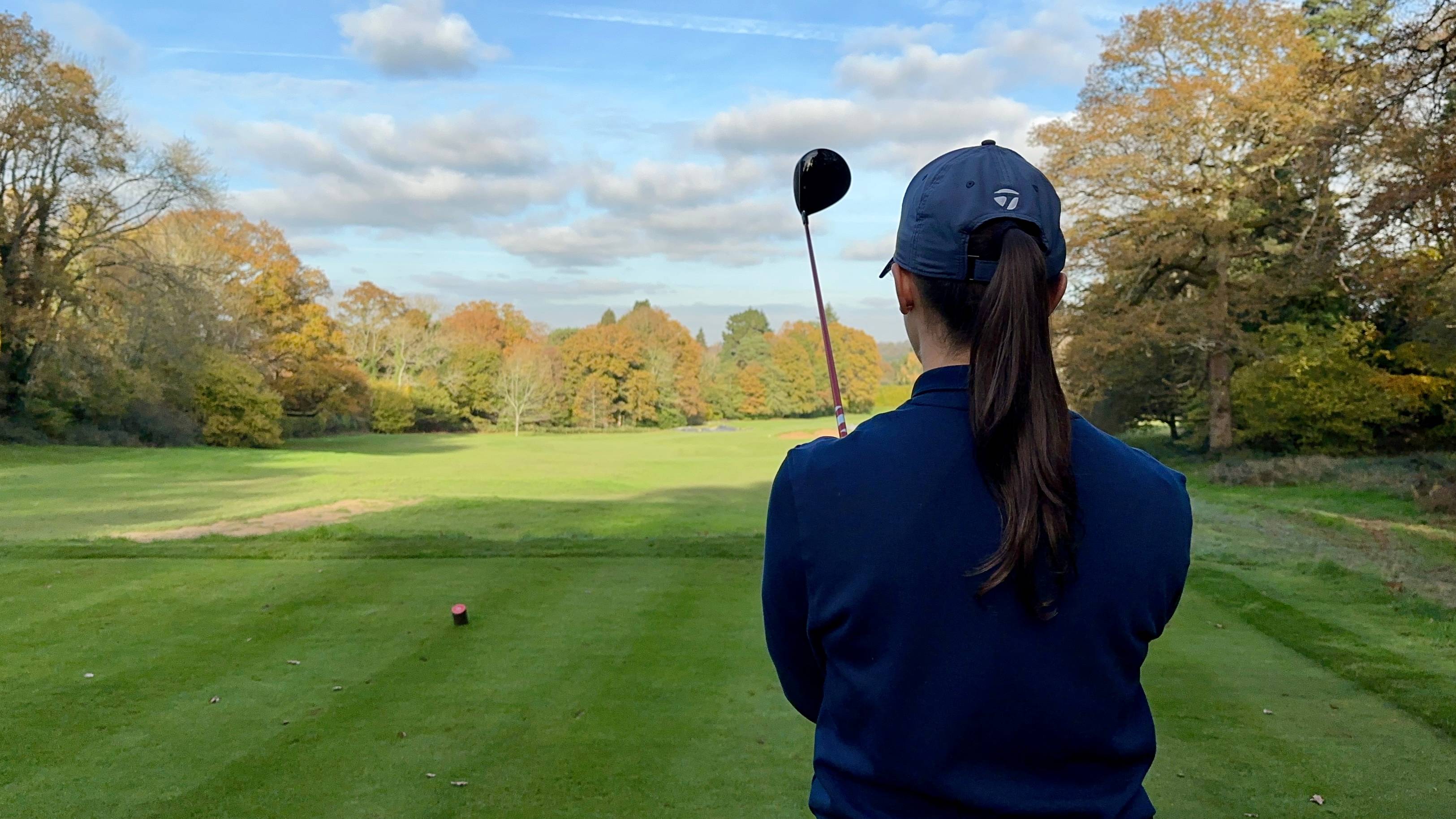
That’s when I realised my mistake. I was expecting myself to leak my tee shot to the right, rather than trusting that I can hit a straight shot to my target. I was playing based on my past memories rather than picking a target that allowed for my miss but didn’t bank on it.
So the next time you find yourself over-compensating for your miss, remember to pick a target that gives you leeway for a leaky shot but doesn’t rely on it. After all, you might just hit it straight.
Focusing On Length Over Lie
The next mistake that’s been costing me shots is focusing on the length of shot I want to play, rather than the lie that I’ve got at hand.
For example, after over-compensating for my miss and hitting my tee shot straight to my too-far-left target, I found myself in some thick, bird-nest-like rough. As I looked down at my ball and then back up at my clear line to the green, I ambitiously whispered to myself “I think I can get something to this”.
So I reached for an iron before making my swing and seeing my ball scurry through the fairway, settling into some more trouble. Oops.
My mistake was focusing on length over lie and letting my drive to make up for my last shot distract the decision-making that would put me in the best spot for my next shot.
So the next time you find yourself with a questionable lie, swap that self-talk of “I think I can get something to this” for “If in doubt, just get it out”.
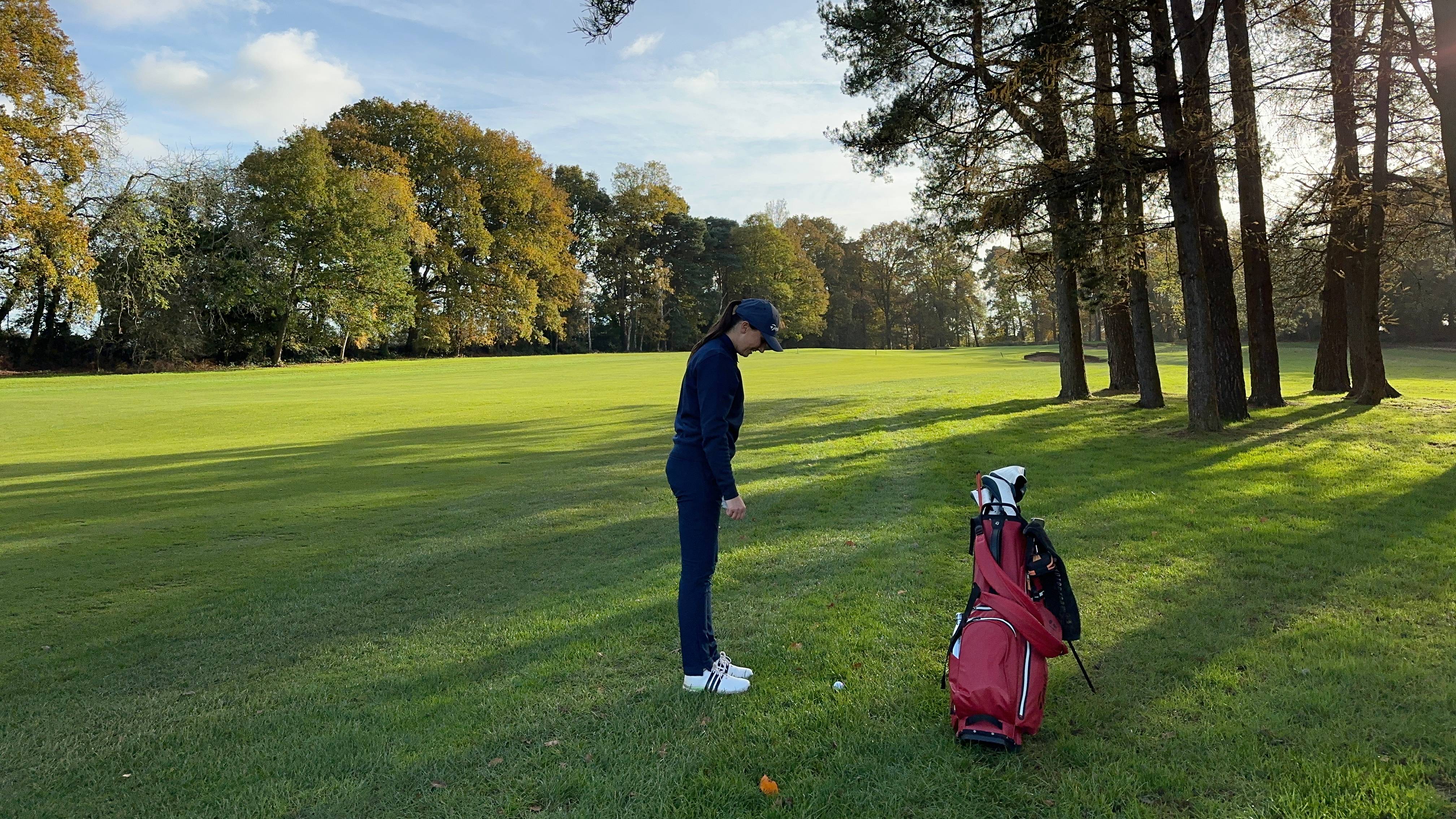
Playing It Too Safe
The next mistake that’s been costing me shots on the course, especially in competitions when I’m trying to avoid any blips or blow ups, is playing it too safe.
This mistake typically shows itself when I’m in between choices over a shot or when I’m playing a hole I can struggle with and I’m trying too hard to tuck it away and move on.
For example, if I have a chip shot into the pin and I’m torn between the bolder choice, which could get me close or the safer choice, which I’m more comfortable with but would run on too much, I can find myself reaching for the club that’s comfortable rather than the one that will get me close.
Or if I have an approach into the green and I’m trying too hard not to drop a shot, I can find myself picking a club that I know will go long, even though that puts me in three-putt territory, with a mammoth first putt or feely one down a two tier green.
This isn’t to say that sensible isn’t the play but it’s when we get too safe that we can miss out on those opportunities of getting closer – giving ourselves a steady two-putt and moving on.
So the next time you’re reaching for that overly safe shot on the course, back yourself to play the shot that gives you the best chance of making a solid score.
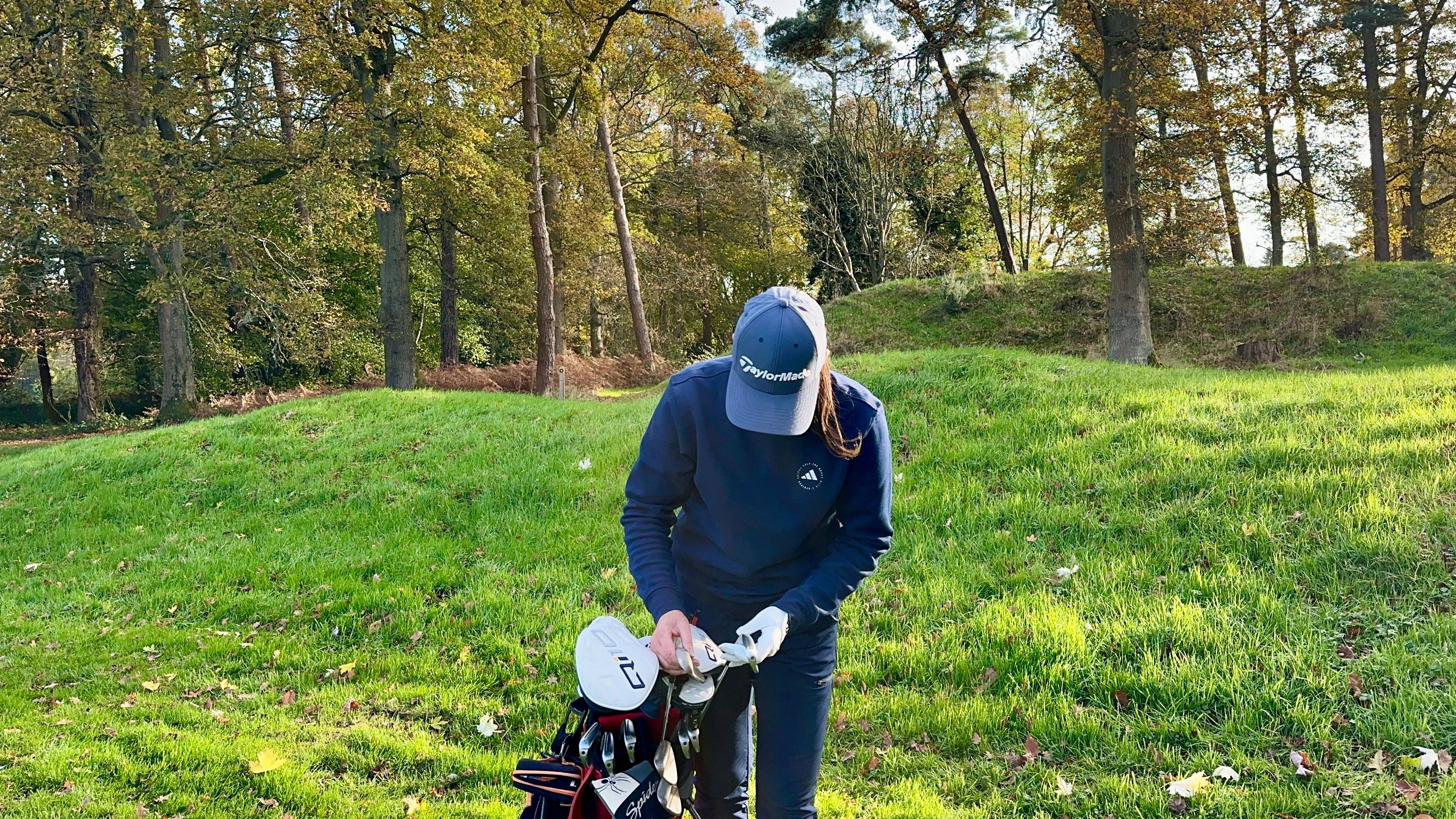
Thinking About Technique Rather Than Target
The next mistake that’s been costing me shots is when I fall into the trap of technique over target.
I’ll notice this happens when I’m standing over a shot that doesn’t feel straight-forward, like a hard pan bunker shot or tricky short game number.
For example, I’ve had a few downhill chip shots lately and the more that I’ve found myself playing that shot, the more that I’ve noticed the difference between thinking about my technique vs. my target.
When I think about my technique, the shot comes off okay but it’s rarely within the saving-par range, either coming up short or going long. However, when I’ve played that same shot and solely focused on my target – where I want to land the ball – I’ve got it close and given myself a chance of saving my score.
So the next time you find yourself with a tricky shot, focus on the feel of hitting your ball to your landing spot, rather than over-thinking the “perfect” technique.
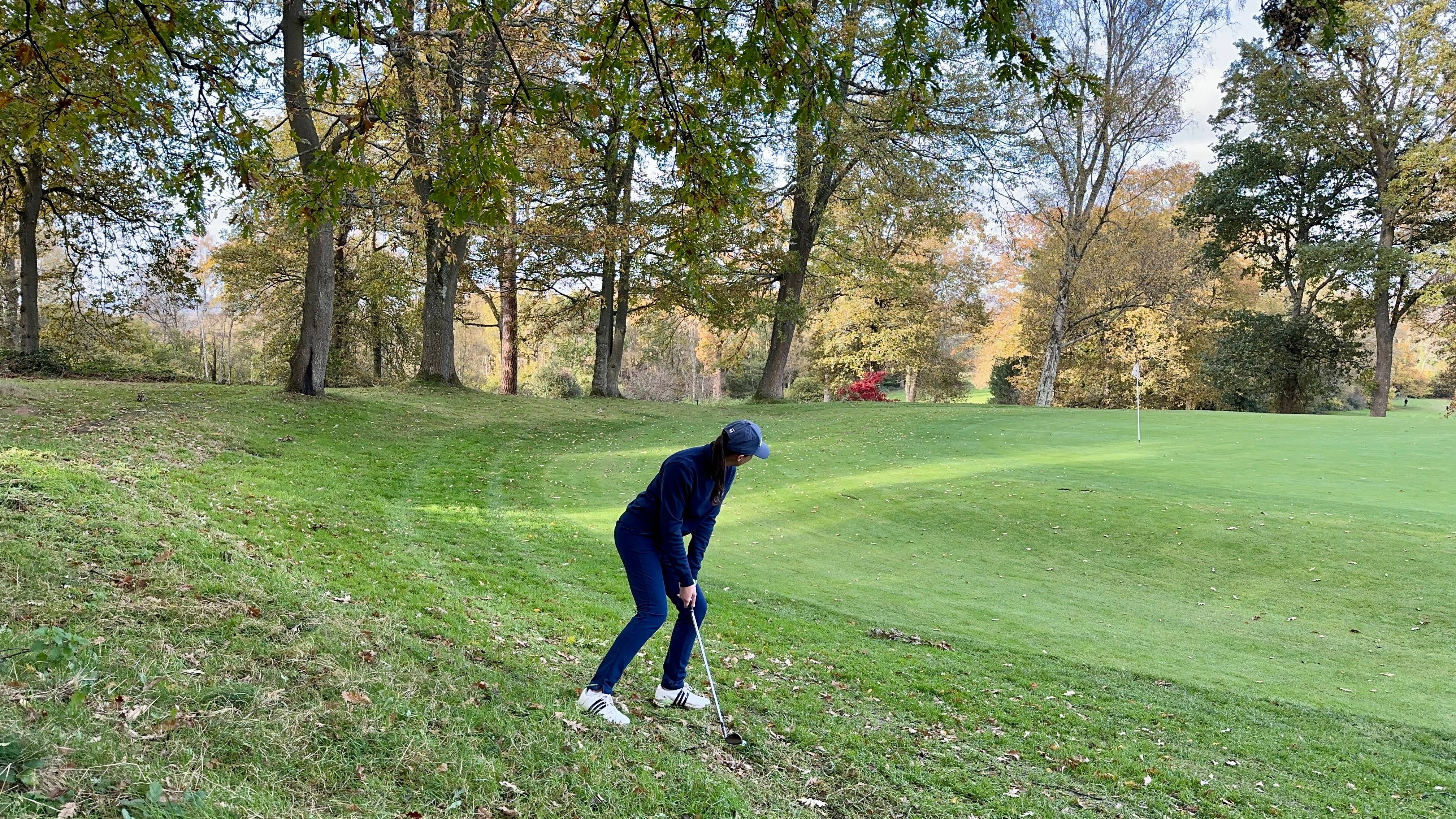
Setting A Specific Score Goal
The last mistake that can cost me shots is when I set a specific score goal for my round, which I’ll typically do when there's a sense of pressure to perform, like knowing I’m knocking off a handicap-counting card.
For example, my score goal might be to shoot 79 or shave a few shots off my last round. Either way, I’ve found that when I have a specific target and then a wonky hole happens, it can throw me. And I’ll start trying too hard to get those shots back, even if I don’t really need to.
Now, this isn’t to say that setting yourself a goal for your round isn’t healthy but the shift that’s helped me is moving away from a score-based goal to a strategy-based goal, such as sticking to the 80% rule.
My best rounds happen when I’ve surrendered to the score – trusting that if I focus on one hole and one shot at a time, the score takes care of itself. When I do that, my score is surprisingly better than when I’m stressing about that one shot or few that could make or break my goal.
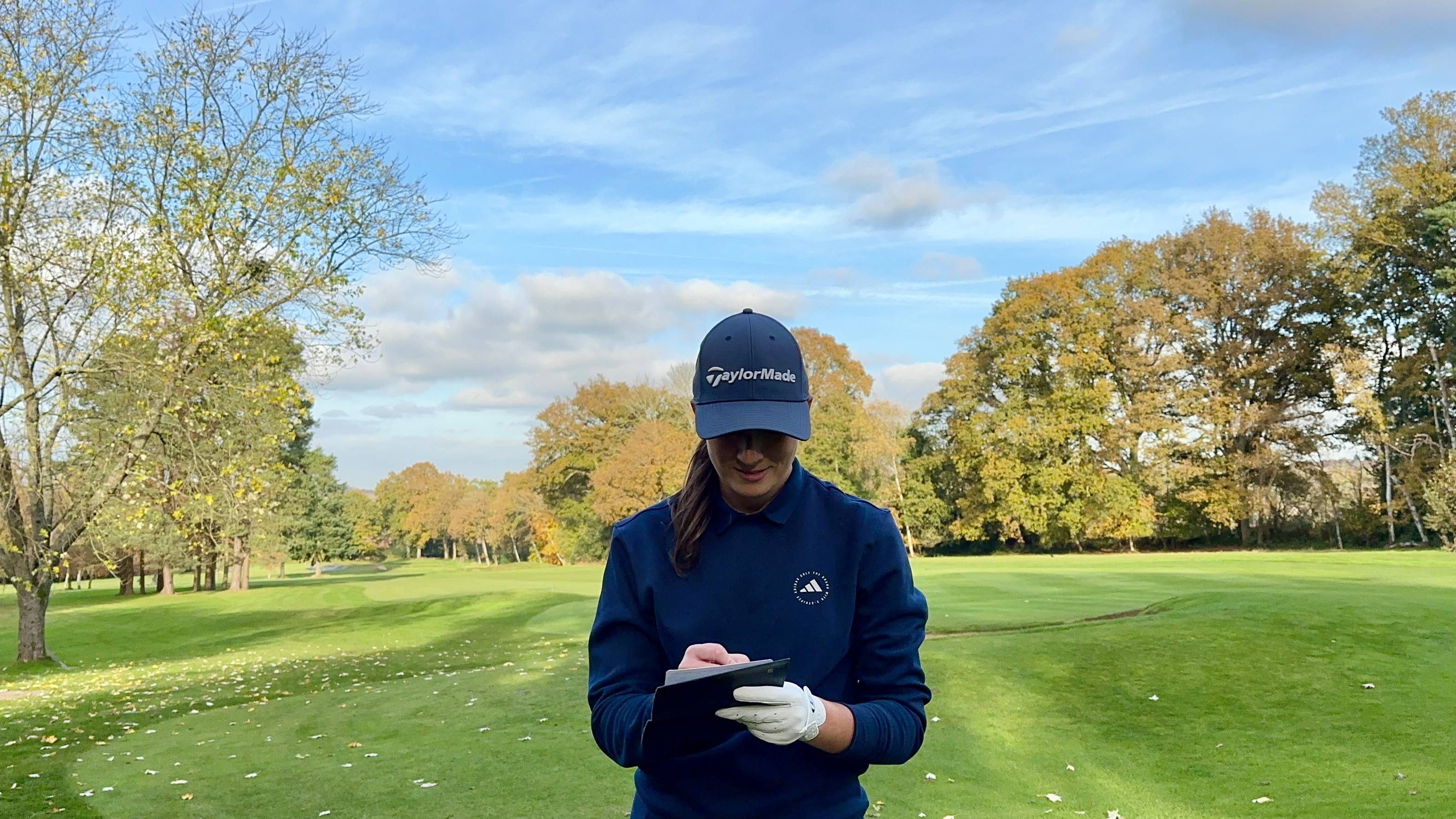
So the next time you’re swaying towards setting yourself a specific score goal, try focusing on the strategy you’re going to stick to instead and trust that by doing so, the score will take care of itself.
For more tips on cutting your handicap, follow Jess on Instagram and YouTube.
After cutting her handicap from 34 to 9 in a year, Jess Ratcliffe is documenting how she’s working on her game to get really good at golf on her YouTube channel and Instagram.
